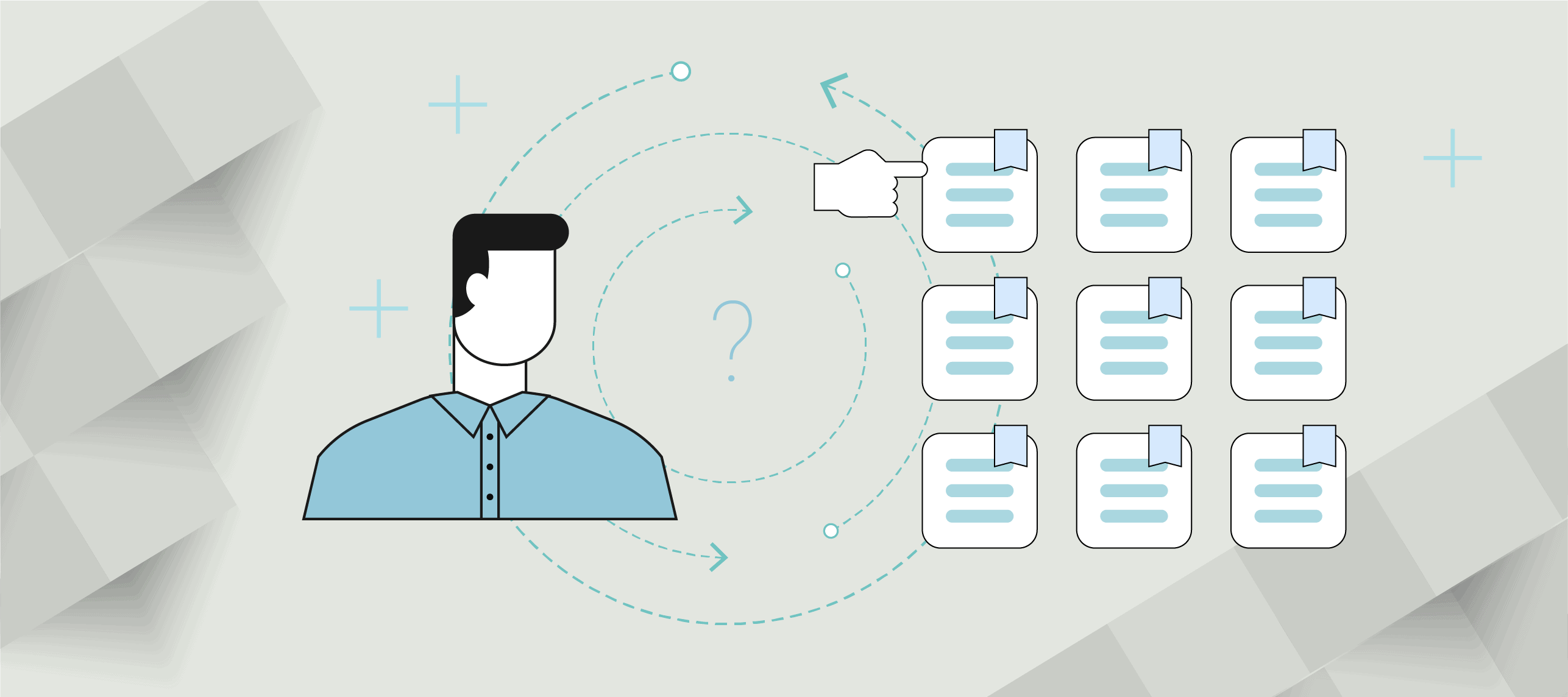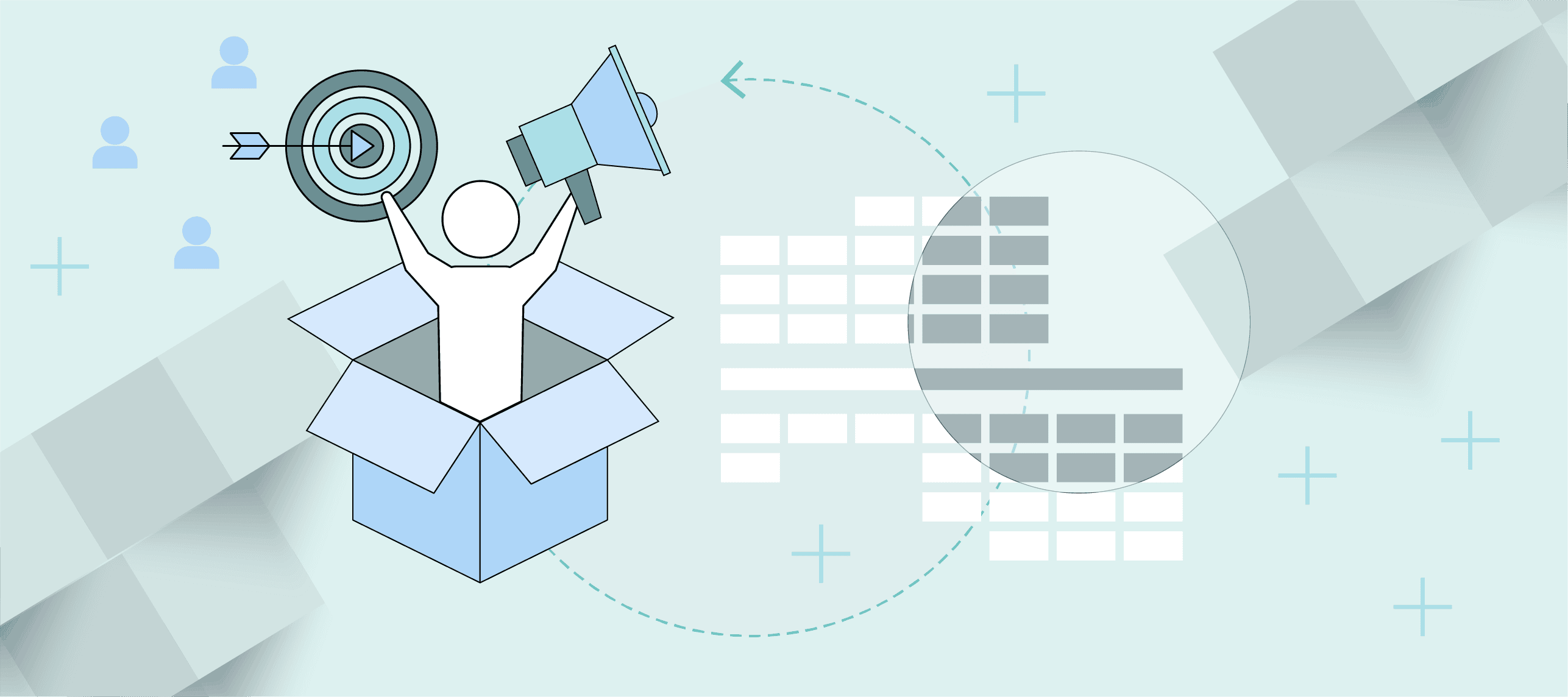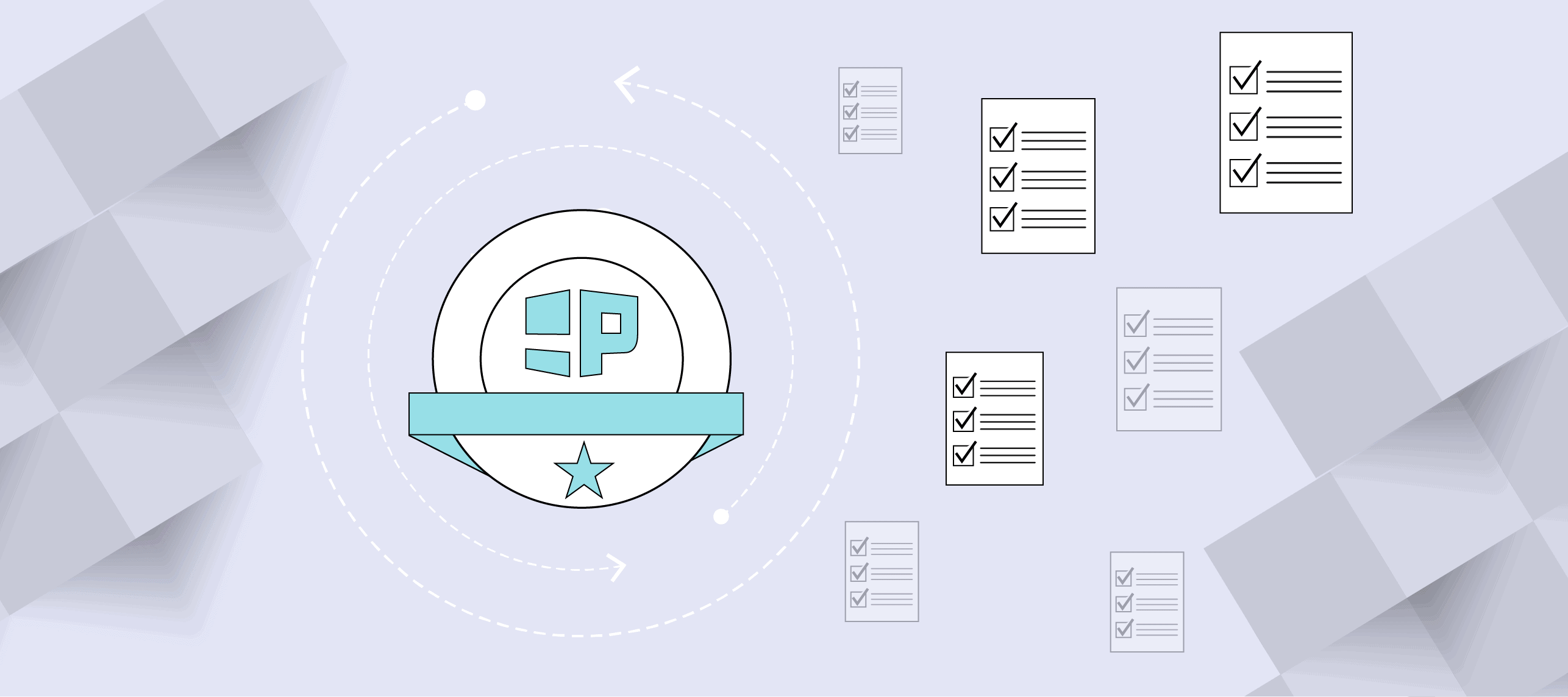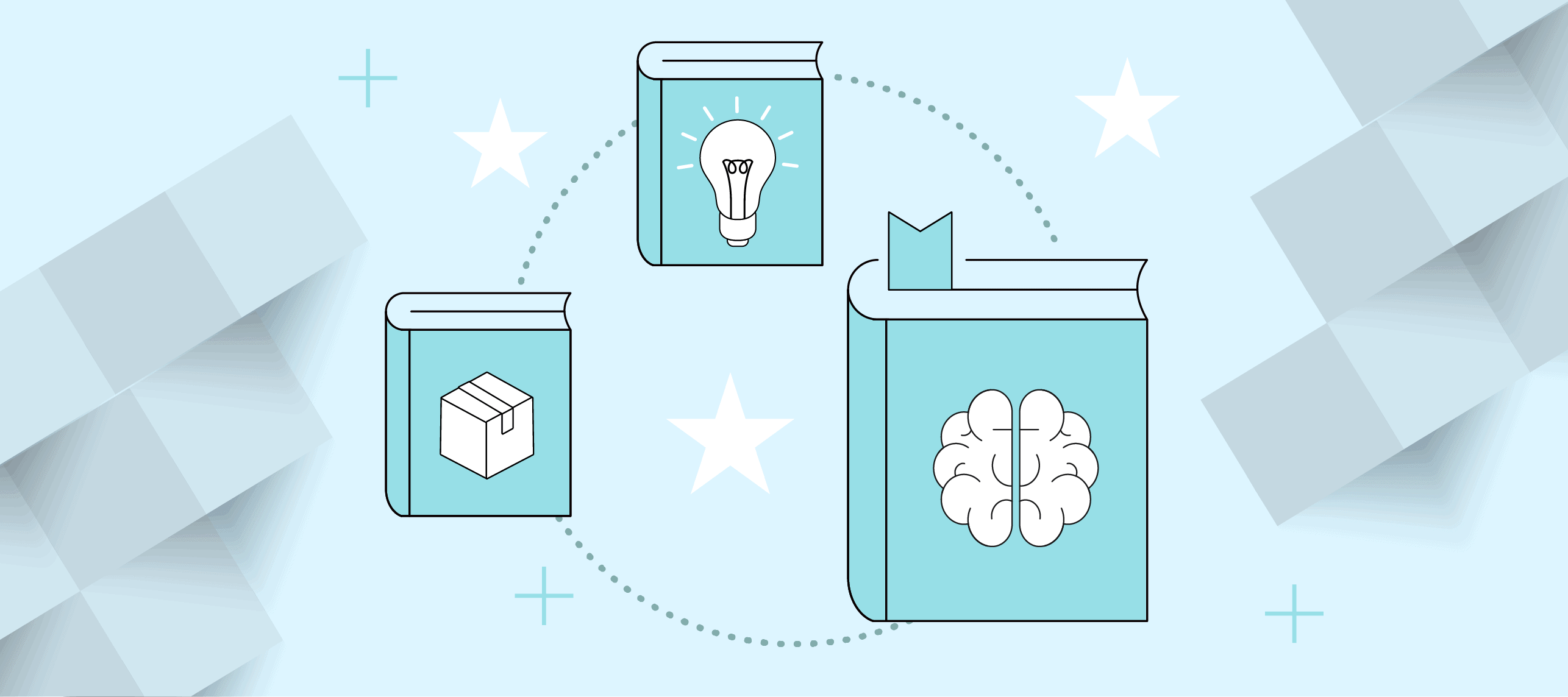While researching the food and beverage sector a few years back, we came across a young woman living in what she described as a “unique” apartment. It had no kitchen. We don’t mean that the apartment had a small kitchen, or that the kitchen wasn’t separated with walls. We mean that there was no kitchen. No oven. No burners. No kitchen sink. You get the idea. When we talked to her about the idea of moving, she acknowledged that she had planned to find a new place, but after a while she didn’t really mind the quirks so much. Plus, moving is such a hassle. Other things came up, and the idea of moving became much less of a priority.While researching the food and beverage sector a few years back, we came across a young woman living in what she described as a “unique” apartment. It had no kitchen. We don’t mean that the apartment had a small kitchen, or that the kitchen wasn’t separated with walls. We mean that there was no kitchen. No oven. No burners. No kitchen sink. You get the idea. When we talked to her about the idea of moving, she acknowledged that she had planned to find a new place, but after a while she didn’t really mind the quirks so much. Plus, moving is such a hassle. Other things came up, and the idea of moving became much less of a priority.
The spread of new products works in a similar way. There may be some early adopters who are excited about the new offering, but many people will sit back and wait until their circumstances dictate a change. Beyond general inertia, specific obstacles to adoption and use can also depress new product sales. Had our client released an oven-prepared meal, our kitchenless friend wouldn’t have purchased it. While the lack of a kitchen may be a somewhat atypical hurdle, it also serves to illustrate some of the more common factors that stop customers from buying or using enticing new products.
The Fight Against Inertia
Just because there is a better product or a better way of doing something, it doesn’t mean that customers will embrace the new solution. If a new offering doesn’t fit with engrained behaviors and expectations, customers will be reluctant to change and will look for reasons not to shift to a new solution. Companies will be forced to invest resources fighting both actual and perceived obstacles.
In many parts of the world, mopeds are a popular way of navigating congested urban areas. Despite similar traffic and hassles in many U.S. cities, mopeds have never really taken off in the States. Part of that can be attributed to perception. When you think about mopeds in other parts of the world, you often think of old, loud, dirty contraptions that—while practical—aren’t particularly comfortable or esteemed. We think of them being used to carry families of four down dusty roads in South America or through crowded traffic jams in India. Back in America, we just don’t see the need. If we want to get around the city, public transportation is typically good enough to get the job done. When it’s not, cars are becoming more and more luxurious. Cars give us the option to turn on our seat warmers, sip our coffee, make a phone call or two and belt out the lyrics to the newest Taylor Swift song completely free of judgment. You can’t do that on a moped. And with favorable lease terms, a car can actually be pretty affordable.
But things are changing, and cars aren’t always ideal. Parking costs are starting to soar. Gas is getting more expensive, and people are becoming more environmentally conscious. Cities—though historically designed around cars in the United States—are making strides to be friendlier for bikes and mopeds. People are getting married later, delaying the move out of urban areas. Even families are choosing cities over suburbs with increasing frequency. As urban areas become even more densely populated, cars begin to make less sense. And when you need to carry groceries or bulky items home from the store, public transportation is less than ideal. There’s clearly a market opening for mopeds in U.S. cities, but consumers are going to need to be convinced. They’re not going to shoulder the burden of determining why mopeds are actually a good idea. Companies need to be well aware of stubborn behaviors that can impede the successful uptake of their new product and think, from the very outset of the design process, how they can excite people out of their comfort zone.
GenZe has taken a number of steps to fight inertia and nonconsumption, in hopes that its new electric scooter will take off among younger, urban consumers in the United States. Before launching its new bike (the GenZe 2.0), company employees traveled to cities around the country to talk to people about how they were commuting today, where they were experiencing pain points and what they were trying to get done in their commutes. Using that knowledge, they designed a bike that accounts for the jobs and job drivers of their target demographic. It offers cargo units to carry briefcases, groceries and other personal items. Those units are even rainproof for people in cities with less forgiving climates. The scooters are environmentally friendly, allowing riders to save on fuel costs and feel as though they’re doing their part for the environment. The scooters are also visually appealing and tech-heavy, featuring a 7-inch touch-screen control panel. Consumers don’t choose the GenZe 2.0 because they can’t afford something better; they choose it to make a statement. The bike also helps lower the barriers to adoption by introducing features that make it safer and easier to use, such as taller windscreens and a special driving mode for those still learning to ride. While it remains to be seen how well the GenZe 2.0 will do in the United States, GenZe’s dedication to customer centricity and its focus on defeating traditional purchase obstacles will give it the best possible chance to succeed.
Fighting inertia means lowering the barriers to trying a new product. While some companies continually “wow” their loyal customers with a parade of shiny new products, most do not. This latter group has to work hard to induce trial. Other obstacles may also stand in the way of customers adopting or using your new product. The next two sections identify 10 of the most common obstacles that slow the spread of your new product.
Obstacles to Adoption
Obstacles to adoption are barriers that prevent customers from buying your products in the first place. Even customers who might benefit from your product—or otherwise be inclined to buy it—may choose a competitor’s product or nonconsumption in the face of these obstacles. Therefore, it is important to find ways to reduce or eliminate them. The following obstacles are some of the most frequent barriers to product purchases.
Lack of knowledge. One of the most fundamental reasons that customers don’t buy your product is that they don’t know they need it. It’s not that the innovator is making up a job to be done that didn’t actually exist—a tough road to take, for sure—but rather that customers had just gotten used to the old way of doing things. Look at medical records at a physician’s office, which are typically a mess of free-form text, checked boxes, and scans of faxes from diagnostic labs and other doctors. It’s very tough to find useful information quickly, and sometimes critical data gets overlooked. Yet vendors of “golden record” solutions that create a single integrated file have found the market slow to materialize because physicians don’t realize the cost—in terms of both money and suboptimal medical outcomes—of the current make-do approach. Only by quantifying the situation and evangelizing about the dangers of the typical practice have they made people realize that these jobs can get done in a far better way.
Behavior-change requirement. Getting people to change their behavior can be difficult. Ozon, often referred to as the Amazon of Russia, is the largest e-commerce company in Russia. It started with book sales, moved into movies and music, ventured into consumer electronics, then ultimately became a full-range retailer of virtually every consumer good imaginable. Despite its relative size in Russia, growth has been challenging in Russia’s cash-based economy. In particular, Ozon has had trouble selling its proprietary e-reader (the Ozon Galaxy), eBooks and digital music. With digital content requiring a credit card for purchase and Russian consumers being generally unwilling or unable to move away from cash, these categories have seen lackluster sales.
Multiple decision-makers. Even great ideas can be hindered by the need to bring many disconnected decision-makers on board, some of whom may have misaligned incentives. Systems that enable teams of doctors to consult online about shared cases seem to make a ton of sense, but they have grown quite slowly. IT, hospital departments and individual physicians all need to come on board, or else the system will be stymied. Some of these entities may embrace change, whereas others see mainly risk. Even if the benefits of the solution are clear to all, simply getting people to agree on a proposition and action plan can take far longer than implementing the actual system.
High costs. Costs can be high in a number of ways. The actual cost of a new product can be prohibitively expensive. At around $40,000 (or roughly 80 percent of the median U.S. household income), a Nesmuk diamond-studded knife is simply too expensive for most consumers. A product also can also be too costly compared with rival goods. Harrods, the UK department store, launched its £29.95 Pot Noodle in 2008. Although the launch was part of a stunt to celebrate design innovation (while also sending proceeds to charity), one can’t help but wonder whether that price is a bit high for a cup of instant noodles. Finally, the cost of switching to a new solution can be unpalatable. Along this third vein, cell phone carriers decided years ago that they would make it hard to switch carriers by imposing an early termination fee. More recently, as carriers have battled for market share, they have begun buying out termination fees from other carriers and eliminating the idea of a standard two-year contract altogether, thus helping to reduce the costs of switching carriers.
High risk. Customers will be reluctant to adopt a new solution if it involves a lot of risk or a high potential cost of failure. Even with the recent rise in lawsuits by patent trolls, the uptake of patent litigation insurance has been slow. In part, attorneys believe that this is because buying such insurance might actually invite patent suits with liabilities that quickly exceed coverage limits. Even though the insurance could prevent crippling lawsuit damages, the risk of attracting patent troll attention has been too great to allow for fast adoption.
Unfamiliar category. Sometimes, products are so innovative that they define a new category that the customer doesn’t really understand or have a budget for. Consider the internet of things (IoT), a network of potentially millions of connected devices and sensors in a workplace that can keep tabs on just about everything happening in a facility. For all of the hype surrounding the idea, uptake by major corporations has been slow. There typically isn’t anyone with IoT in their job title or an IoT line item in the annual budget. IoT vendor en-Gauge has addressed this challenge in a clever way, focusing tightly on monitoring the readiness of fire extinguishers. Fire safety usually is someone’s responsibility, and few people dissent from spending modestly to improve a company’s readiness in this area. Once en-Gauge introduces its IoT solution through this route, it plans to be in prime position to sell much more expansive offerings later.
Obstacles to Use
A second set of obstacles to consider are obstacles to use. These are the reasons that customers stop using your product or service after initial adoption. Obstacles to use can take a few different shapes. You may see an early wave of enthusiasm with a rapid falloff of purchases. Or, more straightforwardly, people simply stop repurchasing your product, buying add-on features or upgrading to later editions. Obstacles to use present a major hurdle to creating a sustainable business model. The following categories represent some of the most common reasons a customer will not use a product.
Limited supporting infrastructure. Sometimes a product can be great on its own, but lacks value without a system to support it. Imagine downloading a peer-to-peer app but having no peers! Similarly, electric vehicles offer a number of benefits for both drivers and the environment. Yet even eco-friendly consumers who are willing to buy electric cars are often dissuaded by the lack of available charging stations. Those who drive long distances arguably have the most to save (assuming the price of gas stays high relative to the price of electricity in your area), but they are the ones for whom the solution is least viable. Without the infrastructure that allows you to get the full potential out of your purchase, use becomes prohibitively difficult.
Use creates pain points. Customers will not continue to use a product that is overly complex or difficult to use. Yet companies often insist on overloading their new products with features rather than focusing on satisfying important jobs well. According to an NPD Group survey of over 1,500 consumers, 13 percent of consumers had returned an electronic device due to frustration when trying to get it to work. Windows Vista, launched by Microsoft in 2007, was surrounded by high expectations from both consumers and the company. As incessant compatibility and performance problems plagued the product, even some of Microsoft’s most loyal customers defected for Apple.
It’s cool, not better. Many times, a new product sounds really exciting, but it ultimately doesn’t do a better job than the existing solution. Generally, customers rush to try these products but stop using these solutions when they realize that they don’t excel along the dimensions that they find most important. The technology that allows you to purchase items using a cell phone has been around for a relatively long time. Although a number of people tried it once or twice, they ultimately found that it didn’t perform any better than a standard swipe of a credit card. In fact, it often took longer. As Google and Apple reignite the race to get mobile payments off the ground, this second wave is focusing on jobs that are now top of mind for customers, such as data security.
Offering isn’t targeted. Similarly, new offerings need to be targeted to specific jobs and customer types. The Segway was another fun device that was launched without much purpose or direction. Once the company stopped trying to sell the Segway to the general public—who couldn’t afford it and didn’t know what to do with it—it found success among customer types with undersatisfied jobs, including police forces, urban tour guides and warehouses.
Getting customers to even consider your product in the first place can often be quite the challenge, but finding ways to overcome obstacles to long-term use can be just as important a task. Without opportunities to resell to past purchasers, you may find that your business model is simply unsustainable.
Fighting Inertia in E-Commerce
When we started a project for a major retailer, the kickoff team identified Amazon as a major competitor. It made sense. The retailer’s website had a relatively small share of online consumer spending in its merchandise category, and analyst reports suggested that the retailer’s prices were frequently being undercut. Nevertheless, as the company looked to build its e-commerce presence, it became clear that Amazon was actually doing the retailer a favor. As it turns out, Amazon was doing several things to fight consumer inertia and lower the obstacles to online shopping in the category. First, by visibly promoting the sale of the product category online, Amazon raised awareness that the retailer’s products could be affordably purchased online, despite how heavy they were on average. Second, by allowing consumers to buy the products as an add-on to other Amazon purchases, Amazon helped normalize the idea of routinely shopping online in the category. Third, Amazon’s prices forced the retailer to reconsider and optimize its own shipping mechanisms, ultimately reducing its costs and increasing its ability to pass cost savings on to the consumer. While Amazon may ultimately be more of a competitor than a partner, its own actions are currently helping to defeat obstacles to adoption industry-wide. Our client decided to piggyback on the behaviors Amazon was already introducing, using its superior selection and local store pickup option to compete in ways that Amazon could not.
Getting consumers interested in a new product can be an uphill battle. For the most part, consumers already have a set list of products that they regularly buy or consider for satisfying a particular job. Alternatives need to be compelling enough to shake consumers out of their routines. By lowering the obstacles to buying a new product—such as by making it inexpensive to try or by being clear about its benefits—companies may be able to win over early adopters, who will then act as reference customers that tout your product’s benefits to others. To ensure long-term success, companies also need to eliminate the barriers to use, thus ensuring that customers have a reason to turn to your organization again after the first sale has been completed.
People are creatures of habit, and they tend to change their behaviors and buying habits slowly. Simply creating enticing products may not be enough to get people to take a chance on your new offering. The burden will be on the organization—not the customer—to defeat any excuses that justify maintaining the status quo.
Author
-

The Pragmatic Editorial Team comprises a diverse team of writers, researchers, and subject matter experts. We are trained to share Pragmatic Institute’s insights and useful information to guide product, data, and design professionals on their career development journeys. Pragmatic Institute is the global leader in Product, Data, and Design training and certification programs for working professionals. Since 1993, we’ve issued over 250,000 product management and product marketing certifications to professionals at companies around the globe. For questions or inquiries, please contact [email protected].
View all posts








